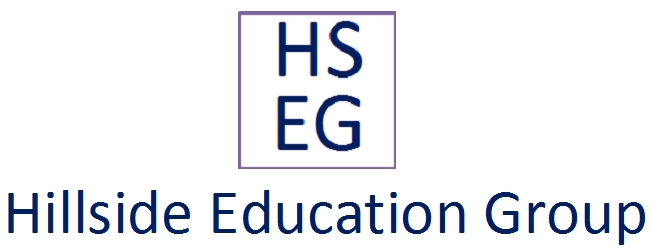The assets, liabilities and shareholders' equity are fundamental parts of a balance sheet. We all know that in double entry accounting system, debit and credit amounts are equal. Every business transaction affects at least two account of companies. The main purpose of an accountant is to equalize the debit and credit amounts on each entry from bookkeeping to preparing the balance sheet and finally equalizes the both sides of balance sheet. Hence, the amount of assets must equal the sum of liabilities and shareholders' equity. The relation of assets, liabilities and shareholders' equity is given below:
Assets = Liabilities + Shareholders' Equity
Assets
Assets are resources or things owned by a company. Example of Assets:
- Cash, Marketable Securities
- Inventory
- Accountant receivable
- Prepaid expenses
- Land and buildings
- Vehicles
- Investments
- Machinery and other equipment
- Goodwill, Patents, Trademarks, Copyrights etc.
Liabilities
The amounts of financial obligations that the company has to pay to others are called liabilities. Examples of liabilities:
- Loan Payable
- Interest payable
- Accounts payable
- Dividends payable
- Wages and salaries payable
- Taxes
- Rent, utilities
Shareholders' Equity
The amount of money owned by the shareholders in a company is called the shareholders' equity. The equity can be the amount of money invested by the shareholders in the company and the undistributed net income of the company.











Presenting the example with Care is very clear. Thank You Sir !!!
ReplyDeleteVery clear explanation. Thank You Sir.
ReplyDelete